Critic Scores & User Ratings are based on an aggregated international Global Wine Score (GWS).
Discover Pessimist Red Blend:
The color of the Pessimist Wine Red Blend is inky and dark aubergine. Featuring blueberry, boysenberry, plum, and strawberry, this vintage is a powerhouse. Embraced by underlying subtleties of buttered toast, vanilla, and a breath of cool wintergreen, smoky notes of truffle and roasted coffee are complemented by floral accents of lavender and lilac, highlighted by underlying nuances of buttered toast, vanilla, and a breath of cool wintergreen.
Everything you’ve come to expect from Pessimist Red Blend is here. Blueberry, black raspberry, and currant smells are accented by cherry, rhubarb, and plum notes. Suggestions of chocolate, toffee, and vanilla accompany the aromas of mushroom and spices. Cherry, cranberry, plum, raspberry, and pomegranate flavors emerge on the palate, which are bright and robust. A silky texture emerges from this Pessimist Wine Red Blend with layers of complexity, highlighting the rich fruit with a light spiciness and a hint of earthiness. This Pessimist wine is powerful and balanced, with a lingering finish of blueberry and black cherry that leaves you wanting more.
About DAOU Wines
A guy with a Homeric vision lives in the lush, oak-studded slopes of Paso Robles’ famed west side, not far from William Randolph Hearst’s majestic castle. Daniel Daou is a man who has dedicated his life and every imaginable resource to making, first and foremost, a Cabernet Sauvignon that can compete with the best in the world.
The DAOU Spanish Colonial style vineyard is gracefully placed atop a beautiful peninsula at 2,200 feet, surrounded by a tangible serenity. While the sun caresses close-planted rows of lush, emerald green vines, hawks wheel and bank. Only a mild breeze sweeps up through the Templeton Gap from the Pacific, and the 100 percent calcareous soil makes no sound as it passes out nutrients. The peace and quiet entice you to settle down here, just as the four-year-old vines have. However, the tranquility masks the substantial work being done on this 100-acre estate. The delicious varietals and mixes that pour from this small production winery are created with no expense spared. This kind of synergy is uncommon: exceptional climate and terroir, ultra-intensive vineyard culture, and cutting-edge viticulture. Bordeaux is more likely to have it than Central California. The result is pure enchantment, thanks to the Daou brothers, Georges and Daniel, and their contagious passion and warm, family-style hospitality. It’s the kind of enchantment you get in a bottle.
What is a Red Blend Wine?
With hundreds of red grape varietals to choose from, winemakers may create an almost limitless variety of blended red wines. Many European regions have stringent rules limiting the types of grapes that can be utilized, while in the New World, experimentation is tolerated, resulting in a wide range of red wine flavors. Blending can be used to improve balance or add complexity by imparting many layers of flavors and fragrances. A red wine mix variety that produces a fruity, full-bodied wine, for example, would pair well with one that has naturally high acidity and tannins. Small amounts of a certain kind are sometimes applied to improve color or aromatics. Blending can take place before or after fermentation, with the latter option providing the winemaker more control over the wine’s ultimate traits.
Wines from the Central Coast, California
Adelaida, Templeton Gap, and (Paso Robles) Willow Creek Districts, as well as York Mountain AVA and Santa Margarita Ranch, are located just east of the frigid Pacific Ocean, over the Santa Lucia Mountains. In comparison to the rest of the Paso sub-appellations, these all have greater ocean fog, wind, and precipitation. The hotter, more western appellations of the wider Paso Robles AVA are the San Miguel, (Paso Robles) Estrella, (Paso Robles) Geneso, (Paso Robles) Highlands, El Pomar, and Creston Districts, as well as San Juan Creek.
Central Coast, California is mostly a red wine region, with Cabernet Sauvignon and Zinfandel being the standouts. Merlot, Petite Sirah, Petit Verdot, Syrah, Grenache, and Rhône mixes, both red and white, are all popular varietals. Wines that are unabashedly robust and opulently fruit-driven are the norm here, albeit with a surprising level of acidity because to the region’s frigid overnight temps.
Critical Acclaim
91
Robert Parker's Wine Advocate
The Pessimist Wine Red Blend is a mix of 74% Petite Sirah, 13% Syrah, and 13% Zinfandel that was matured for 10 months in 60% new French wood. Warm plums, vanilla bean, and cinnamon scents mingle with soft, luscious black fruits at the center of this opaque purple-black wine. The palate is full-bodied, gritty, and velvety, with rich, luscious fruits and a long finish of sweet spices. It's a fruit-forward style that may be enjoyed straight from the bottle for the next 3-5 years.
92
Jeb Dunnuck
A blend of 74% Petite Sirah, 13% Syrah, and 13% Zinfandel, brought up in 60% new French oak. the The Pessimist Wine Red Blend reveals lots of juicy blueberries and barbeque flavors as well as additional violets, spice, vanilla, and candied flower subtleties. It has a rounded, luxurious texture and a superb finish, and it is beautifully textured and full-bodied. It's a seductive fruit bomb to savor over the next three to five years.
91
Wine Enthusiast
Baked blackberry, crushed pepper, graphite, and dried meat aromas open this wine. Pessimist Wine Red Blend has oak tones abound on the palate, which are counterbalanced by black cherry, blueberry pie, and nutmeg tastes. It's a hedonistic pleasure.
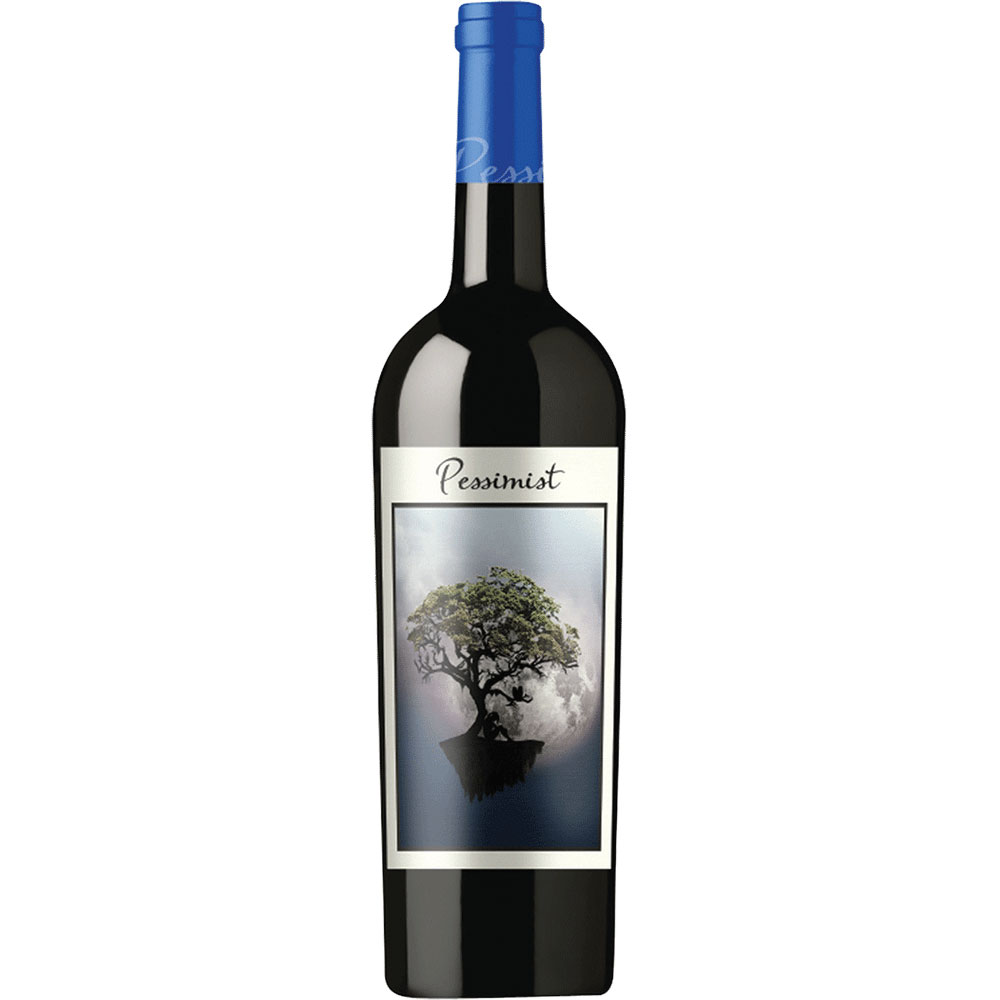
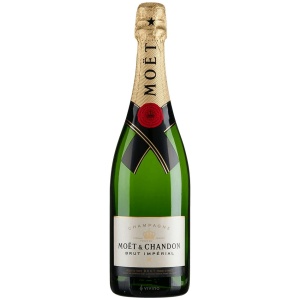
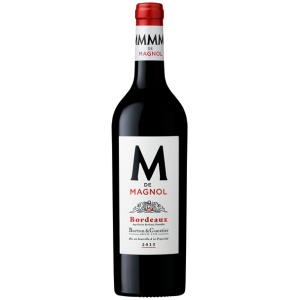
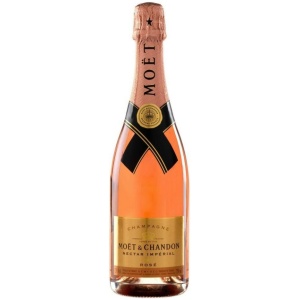
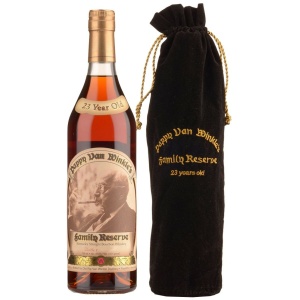
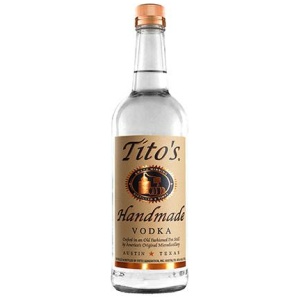
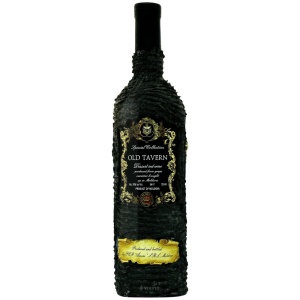
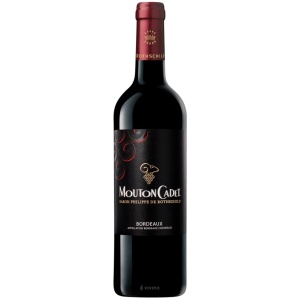
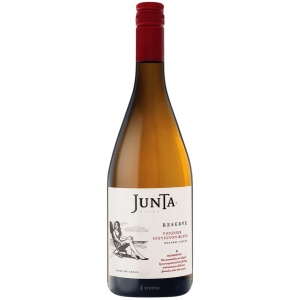
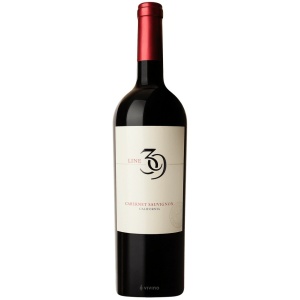
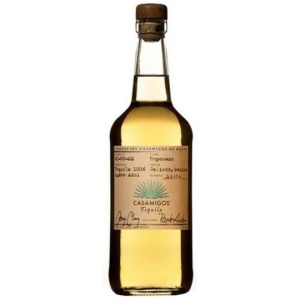
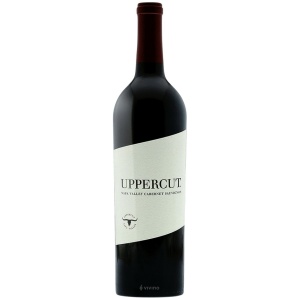
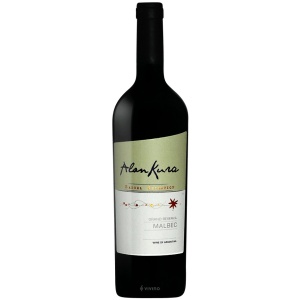
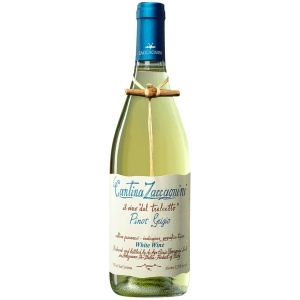
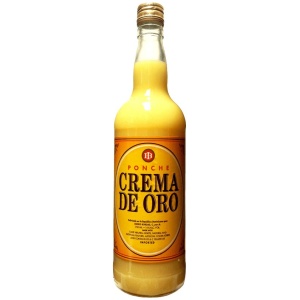
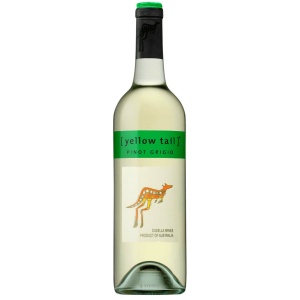
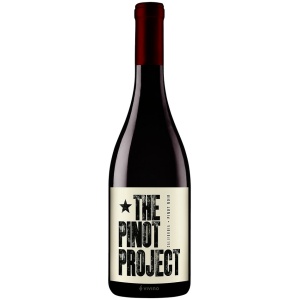
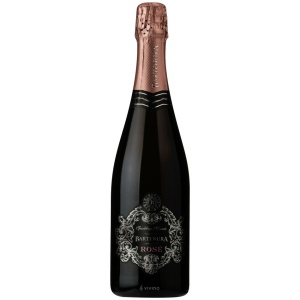
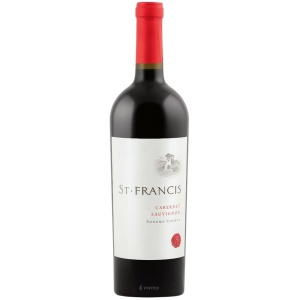
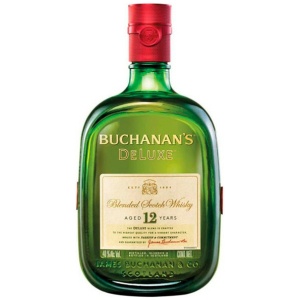
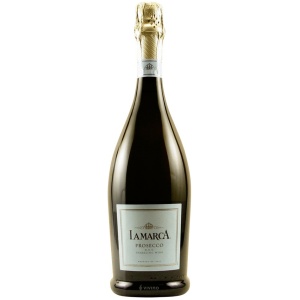
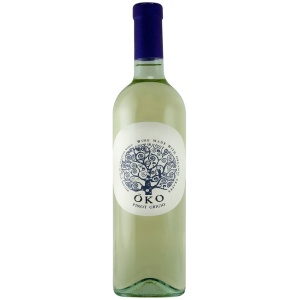
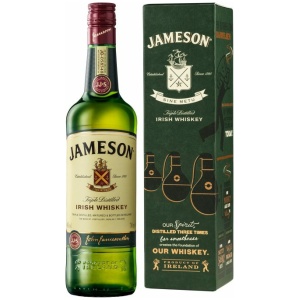
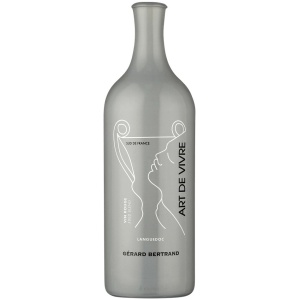
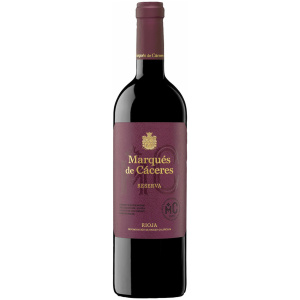
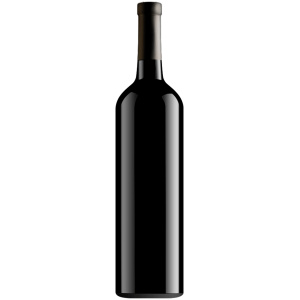
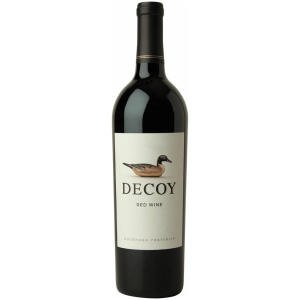
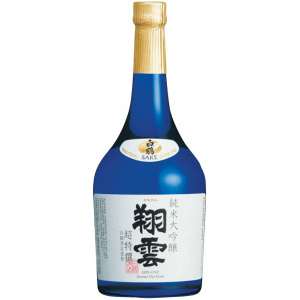
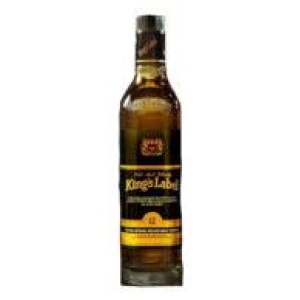
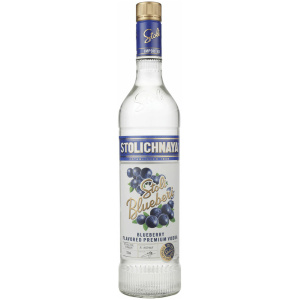
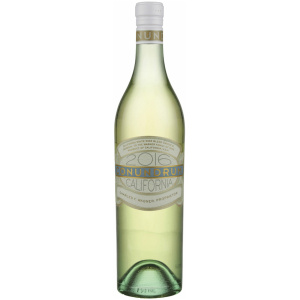
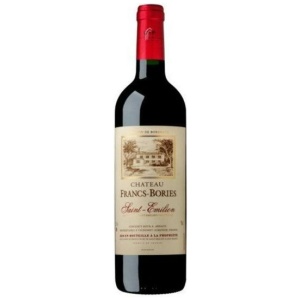
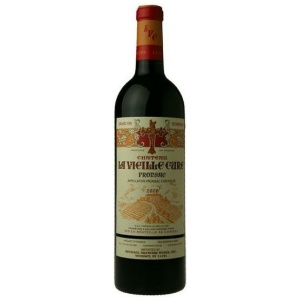
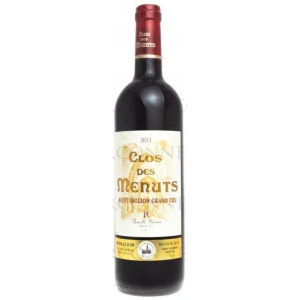
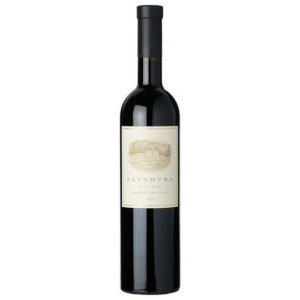






Gumat Verified Buyer
Wonderfully delicious.
Yum! Verified Buyer
Pessimist Red Blend is suprisingly good and jammy. I highly recommend.
Christina Verified Buyer
Perfect for steak or just enjoying with charcuterie. I highly recommend a bottle of Pessimist Red Blend